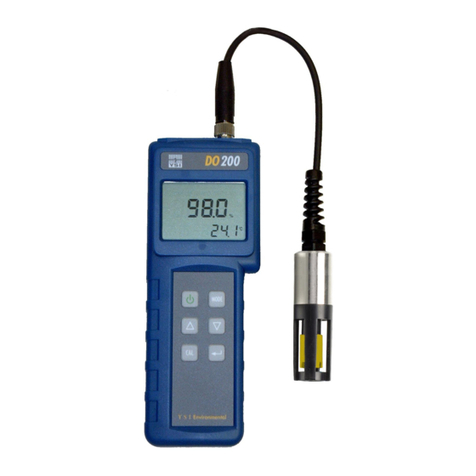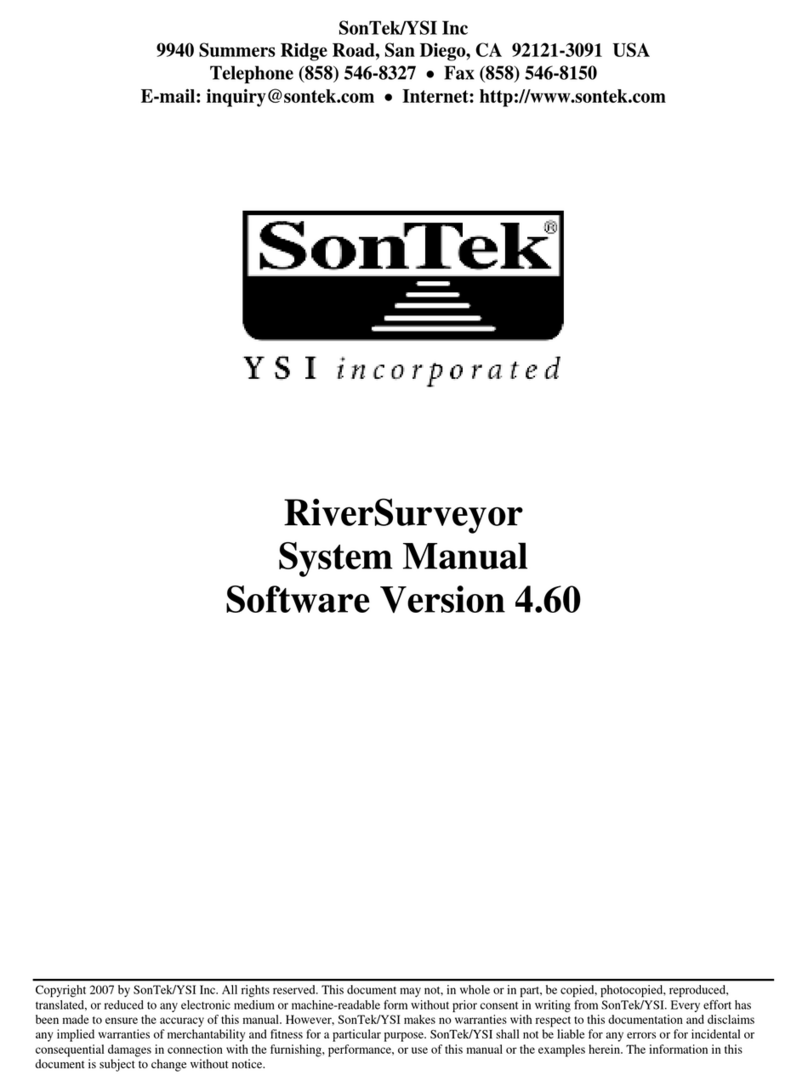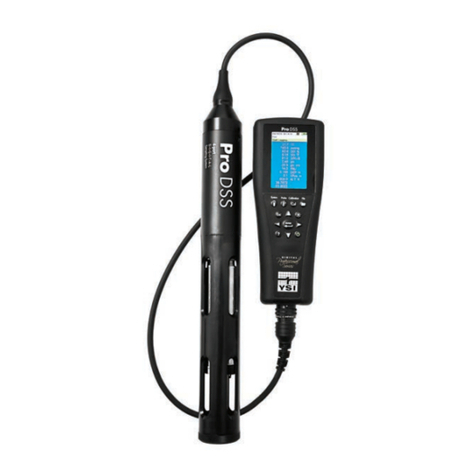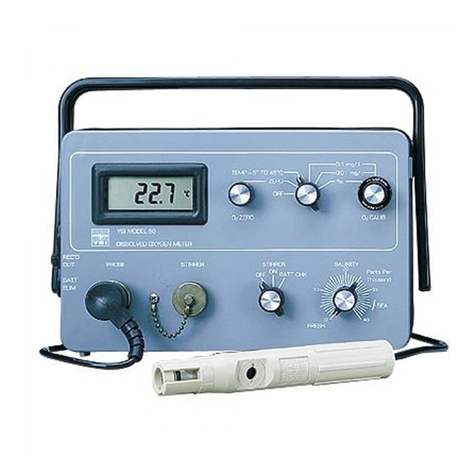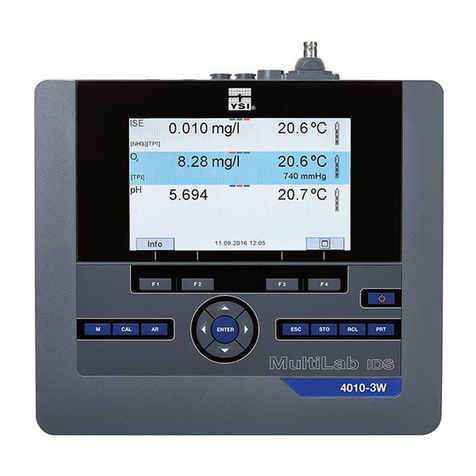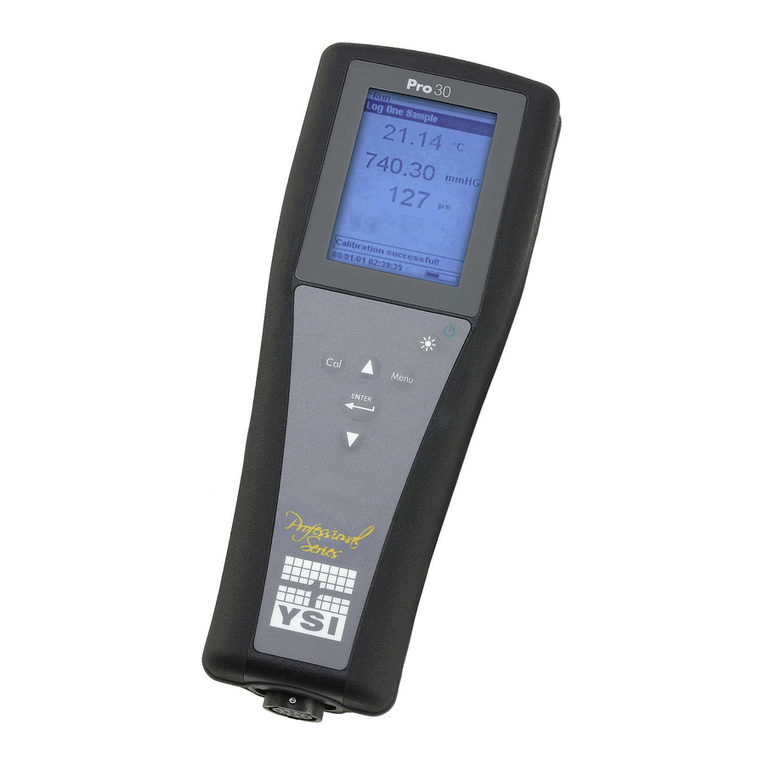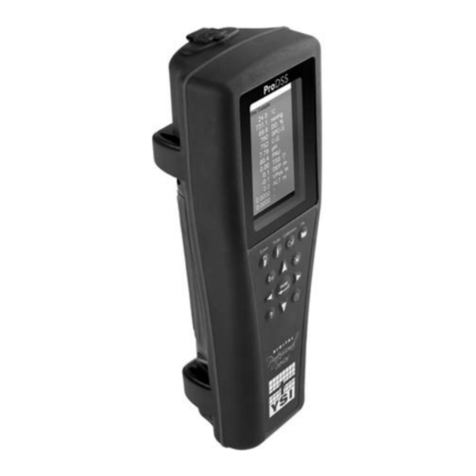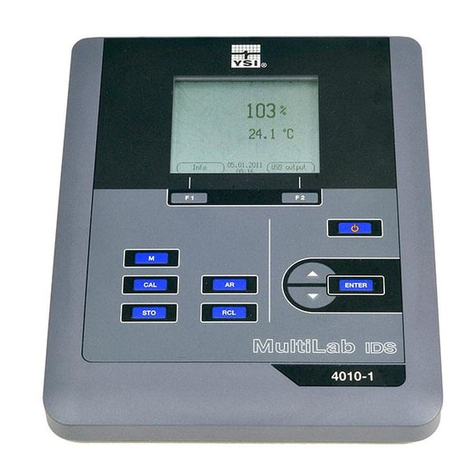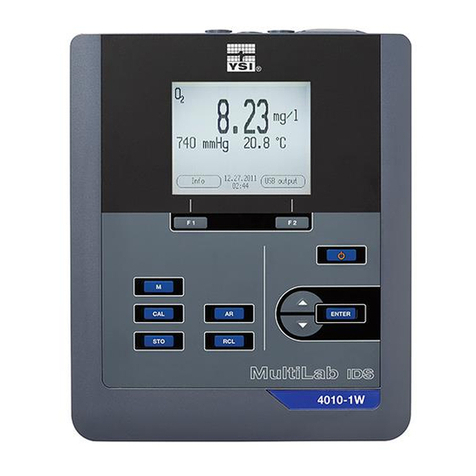
i
Table of Contents
1. Introduction................................................................................................................1
2. Preparing the Meter...................................................................................................2
2.1 Unpacking ...........................................................................................................................2
2.2 Warranty Card.....................................................................................................................2
2.3 Batteries...............................................................................................................................2
2.4 Transport Chamber..............................................................................................................3
2.5 Hand Strap...........................................................................................................................3
2.6 The Meter Case ...................................................................................................................3
3. Preparing the Probe..................................................................................................4
3.1 Installing the pH Sensor......................................................................................................4
4. Operation ...................................................................................................................5
4.1 Turning The Instrument On.................................................................................................6
4.2 pH Calibration.....................................................................................................................6
4.3 Conductivity Calibration...................................................................................................11
4.4 Making Measurements......................................................................................................12
4.5 Autoranging & Range Searching ......................................................................................14
4.6 Saving Data....................................................................................................................... 14
4.7 Recalling Stored Data........................................................................................................15
4.8 Erasing Stored Data...........................................................................................................16
4.9 Display Backlight..............................................................................................................17
5. Advanced Conductivity Setup................................................................................18
5.1 Changing The Temperature Coefficient............................................................................18
5.2 Changing The Reference Temperature.............................................................................. 19
5.3 Changing Conductivity From Autoranging To Manual Ranging ..................................... 19
6. Maintenance.............................................................................................................20
6.1 pH Sensor Precautions ......................................................................................................20
6.2 pH Sensor Cleaning...........................................................................................................20
6.3 pH Sensor Storage.............................................................................................................21
6.4 Conductivity Sensor Cleaning........................................................................................... 21
7. Discussion of Measurement Errors.......................................................................22
7.1 pH Errors...........................................................................................................................22
7.2 Conductivity Errors...........................................................................................................22
8. Troubleshooting......................................................................................................24


